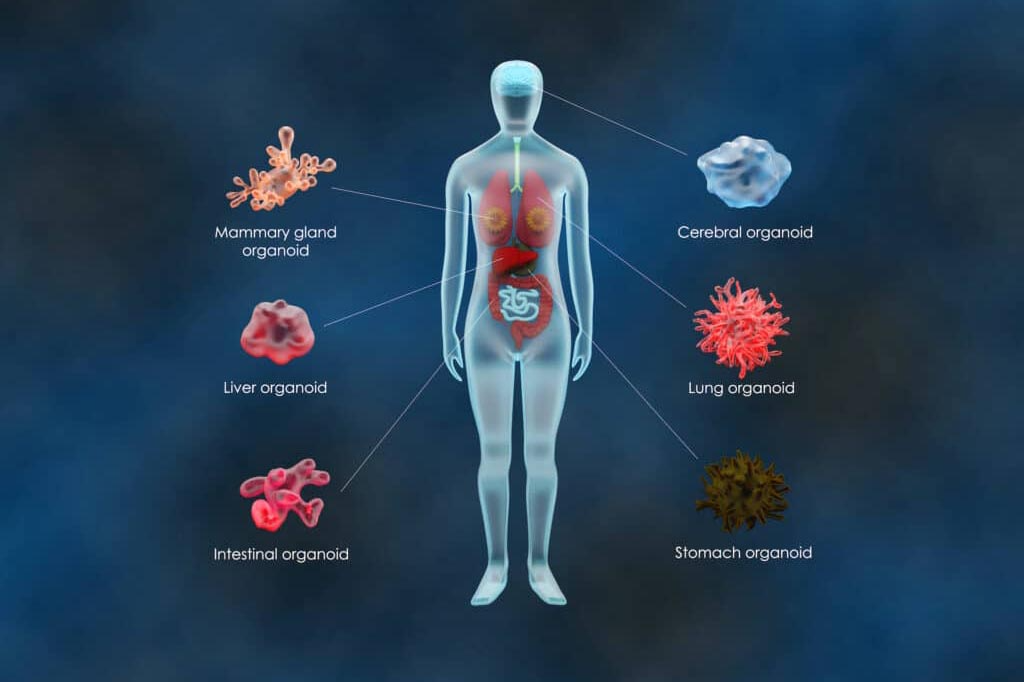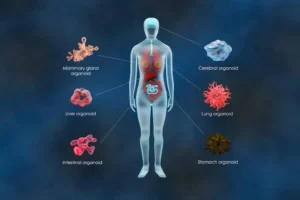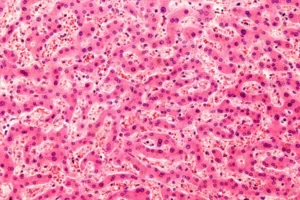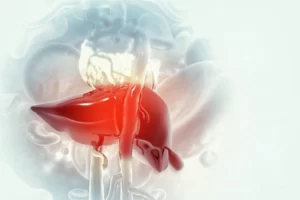In 2009, Sato et al. study reported the establishment of the first 3D intestinal organoid culture derived from adult stem cells. Since then, many subsequent organoid protocols for other organs have appeared and are being widely used. These 3D in vitro cultures provide a powerful tool for a broad swath of research applications as they recapitulate organ functionality and recreate disease physiology in a simplified model system. In developing drugs or treatment plans, organoids can also be used in high-throughput screening assays to see an array of effects induce on varying tissue types.
Working with Organoids
The maintenance of the organoids is a critical step that still has its challenges. Passaging organoid lines for their continued survival relies on the enrichment of highly viable cells, and specific cell types from dissociated organoids for re-culture. If organoid lines are not properly passaged, and become non-viable, research efforts can be set back by months as new lines need to be derived or thawed.
Organoids can be frozen as a whole and dissociated in single cells. When researchers thaw a frozen organoid line, it takes time to get it to grow in a robust way. Factors like cell viability, the amount of cells frozen down and years of storage can impact the recovery of the line.
Levitation technology using the LeviCell System can select for the existent viable cells of the thawed organoids thus increasing the chances of a fast and a more robust recovery of the organoid line. Levitation of all viable cells (fully differentiated, progenitor, and stem cells) away from dead/dying cells and cellular debris is a new approach that offers exciting opportunities to both improve organoid passaging efficiency as well as reestablishing a frozen organoid line.
Apart from these routine processes where gentle levitation can help organoid work, there are other applications where the LeviCell System can be a powerful tool in organoid research.
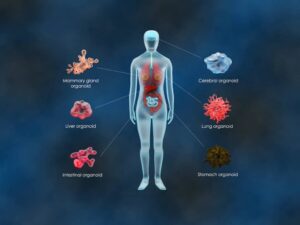
Organoids cells can be genetically modified to target cellular pathways or gene expression. Example of such transfection techniques commonly used with organoids is via CRISPR/Cas9 gene editing. Transfection relies on the growth of post-transfected viable cells to form the desired modified organoids. After this process, the LeviCell System can help to enrich transfected viable cells for further culturing and formation of organoids, while removing the non-viable cells that would delay growth.
Organoids in Translational Research
Organoids can be a valuable tool for disease modelling and can generate data regarding the correct treatment in screening assays. Drugs can be added into organoid cultures to study its effects on the different cell types or different patient-derived organoids. This is a key application for the field of personalized medicine as some treatments can fail depending on the patient. The LeviCell System can isolate the drug resistant cells from the organoids for further study to understand the action of a specific compound.
Understanding why certain microbes live in certain parts of the body and why others make people sick is key to developing new treatments while providing a solution to the antibiotic resistant crisis. To understand the microbiome world better, organoids can be infected and the progression of certain diseases studied on them. The analysis of the infected organoid cells can be difficult since it requires isolation away from the uninfected cells. Using levitation technology, infected organoid cells can be separated from the uninfected cells for further analysis. Moreover, this technology provides the key safety benefit where the infectious agent has no contact with the machine – only with a single-use cartridge. This enables work with certain agents that require BSL 2+ containment and cannot be run on shared equipment because of their biosafety level.
Levitating organoid cells can be used in for routine maintenance, establishment, and formation of modified organoid lines. Also, it can be useful to investigate deeper into cellular response after drug treatment or infectious agents. Stay tuned for more details on how the LeviCell System can separate whole organoids or organoid derived cells before other downstream analysis methods like sequencing or flow cytometric analysis.

